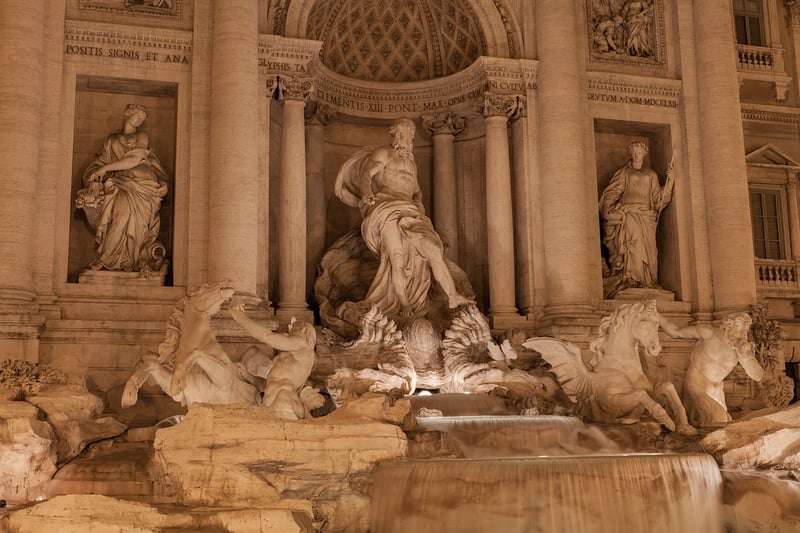Renaissance Wonders
Unveiling the Renaissance Wonders: A Journey Through Time
Welcome, history enthusiasts! Join us on a virtual journey as we uncover the marvels of the Renaissance period. This fascinating era, spanning from the 14th to the 17th century, witnessed an explosion of creativity, innovation, and cultural rebirth. Let's delve into the past and explore some of the most iconic wonders of the Renaissance.
1. The Mona Lisa by Leonardo da Vinci
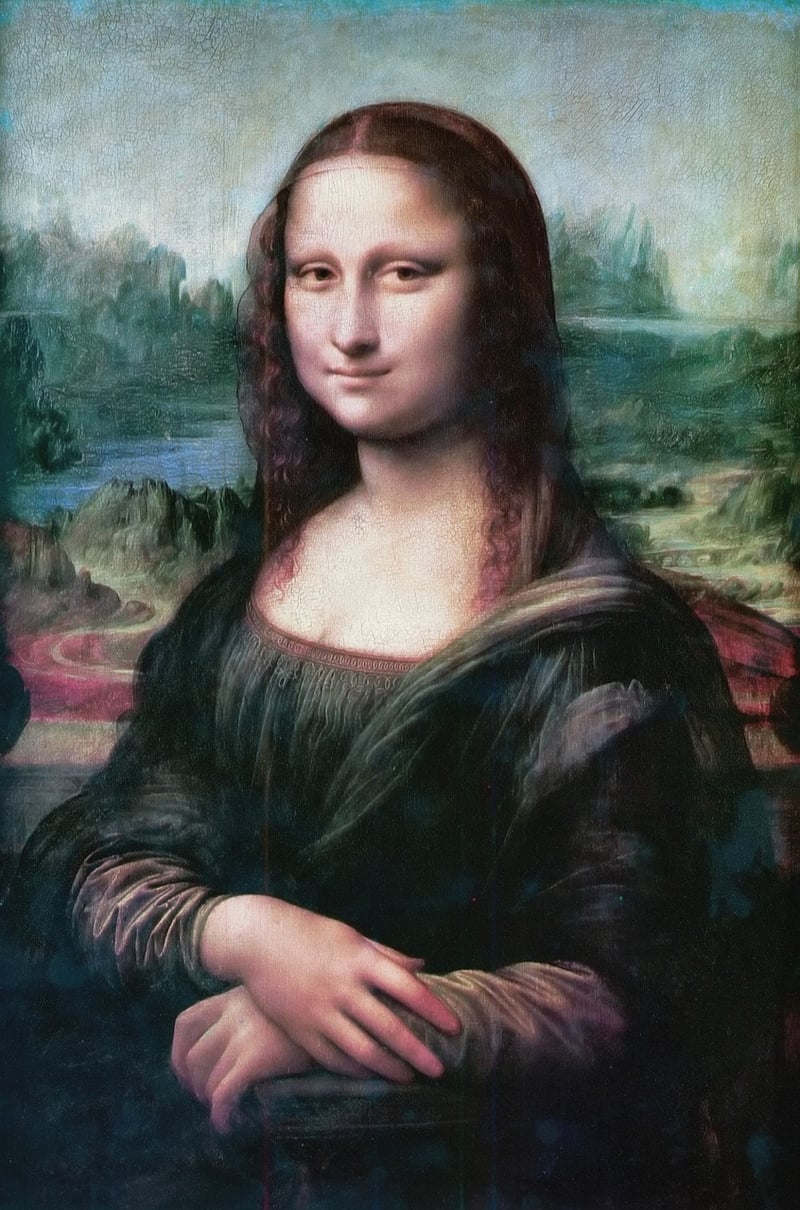
No exploration of the Renaissance is complete without mentioning the iconic painting, the Mona Lisa. Created by the legendary artist Leonardo da Vinci, this masterpiece continues to captivate audiences with its enigmatic smile and intricate details. The Mona Lisa embodies the essence of Renaissance art, showcasing a blend of realism and symbolism.
2. Michelangelo's David
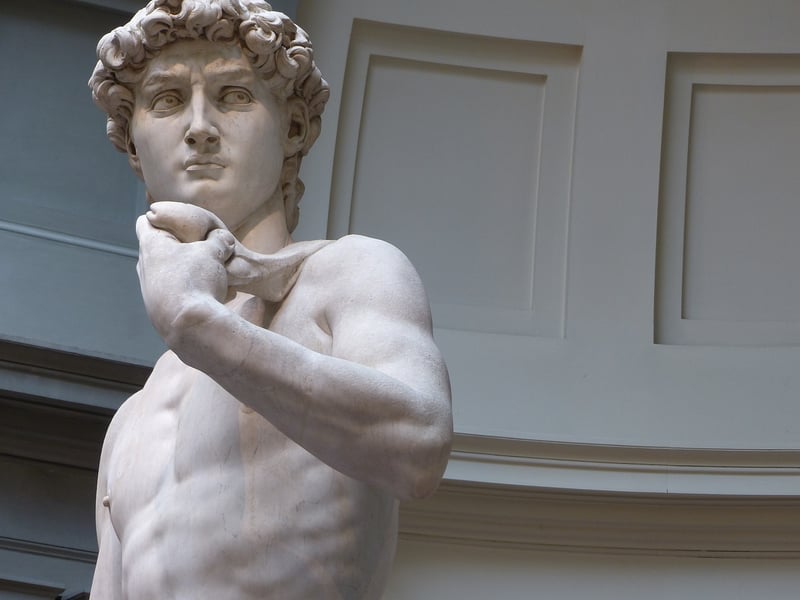
Another Renaissance wonder that stands as a testament to human creativity and skill is Michelangelo's David. This awe-inspiring sculpture, depicting the biblical hero David, is renowned for its lifelike proportions and exquisite craftsmanship. Michelangelo's David exemplifies the mastery of the human form in art during the Renaissance.
3. The Sistine Chapel Ceiling
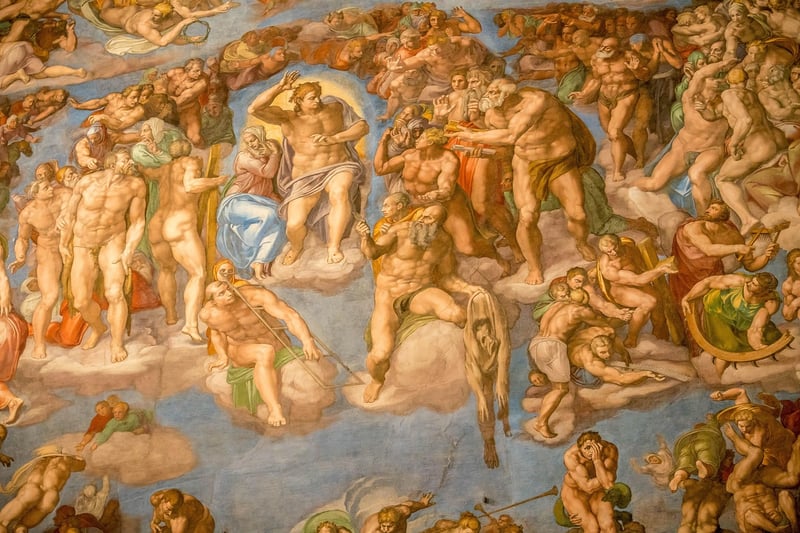
Step into the sacred space of the Sistine Chapel and behold the breathtaking frescoes adorning its ceiling, painted by none other than Michelangelo. The Sistine Chapel Ceiling is a masterpiece of Renaissance art, featuring intricate biblical scenes and vibrant colors that continue to inspire awe and admiration centuries later.
4. The Birth of Venus by Sandro Botticelli
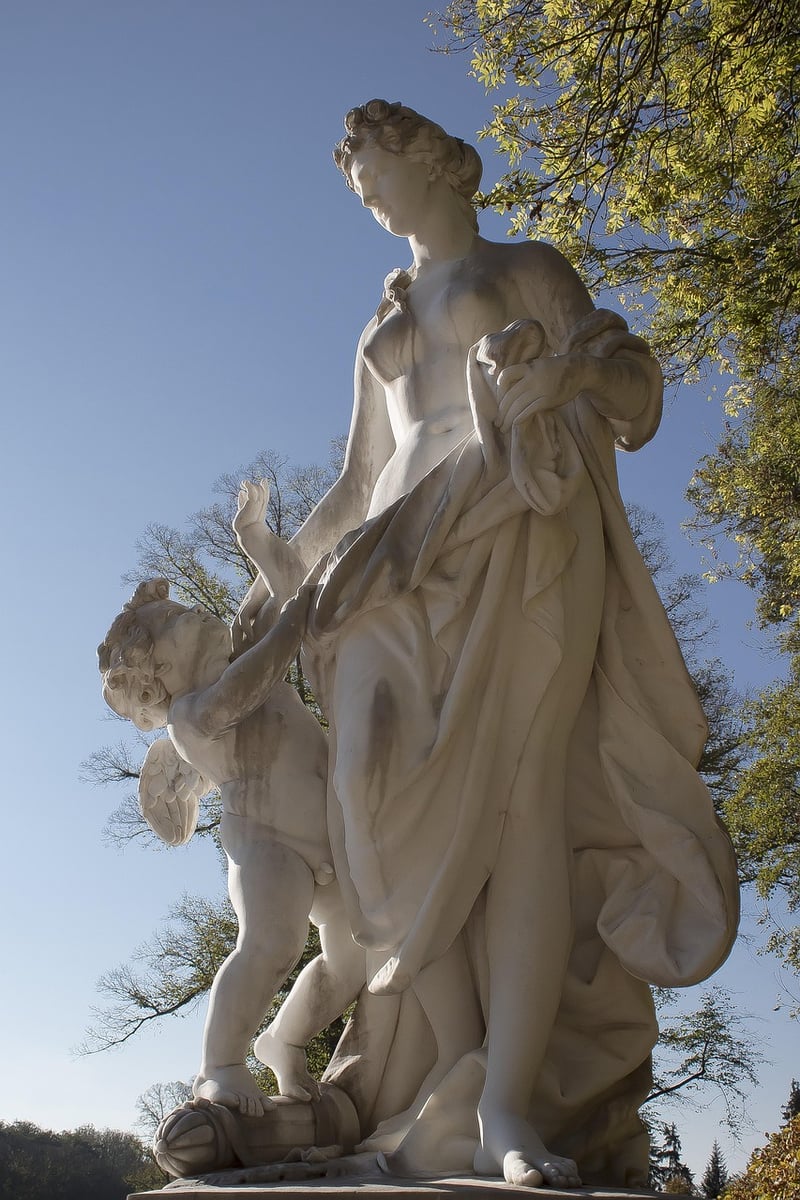
Immerse yourself in the beauty of Renaissance mythology with Sandro Botticelli's masterpiece, The Birth of Venus. This painting, depicting the goddess Venus emerging from the sea, showcases Botticelli's skill in capturing grace and elegance. The Birth of Venus is a quintessential example of Renaissance artistry and symbolism.
5. The Vitruvian Man by Leonardo da Vinci
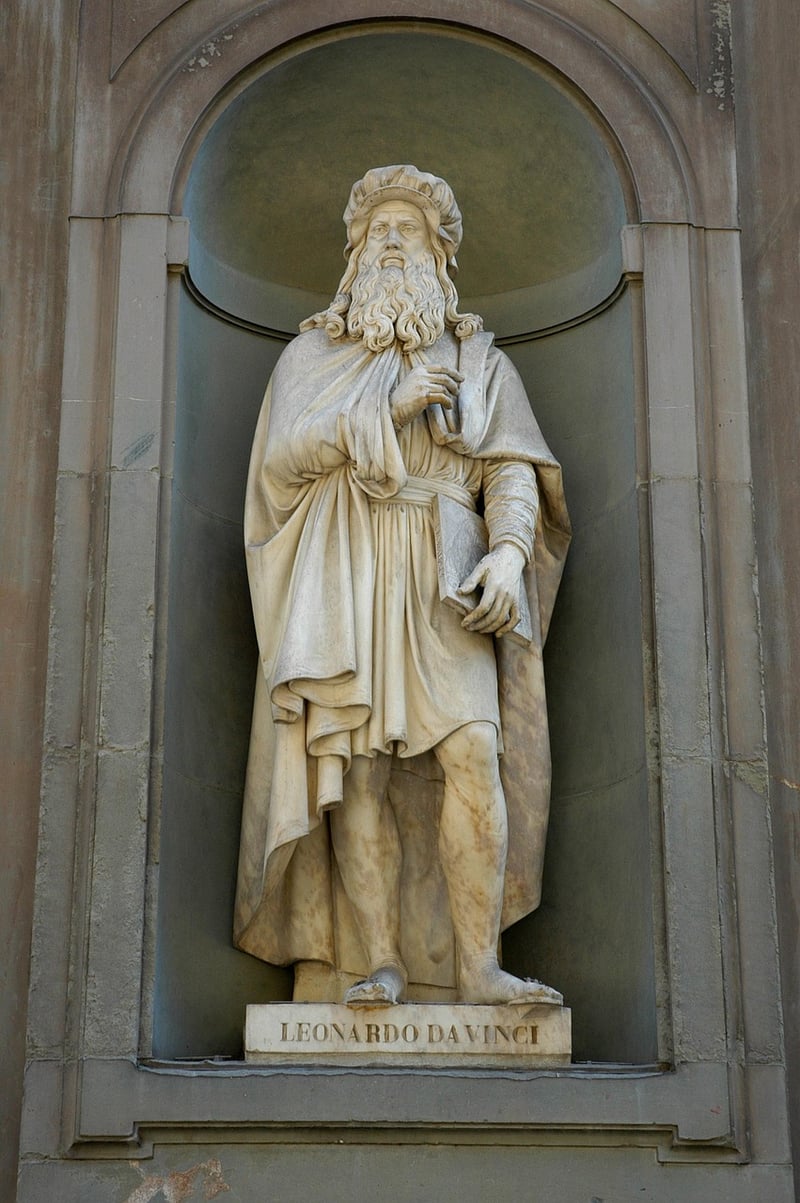
Leonardo da Vinci's Vitruvian Man is a symbol of the Renaissance's fascination with proportion and symmetry. This iconic drawing, illustrating the ideal human body within a circle and square, reflects da Vinci's interest in art, science, and mathematics. The Vitruvian Man remains a timeless representation of the harmonious relationship between humanity and the universe.
Embark on a visual and intellectual journey through the Renaissance wonders, where art, science, and culture converged to create a legacy that continues to inspire and awe us to this day.
Discover more about the Renaissance era and its remarkable achievements by visiting History.com.
